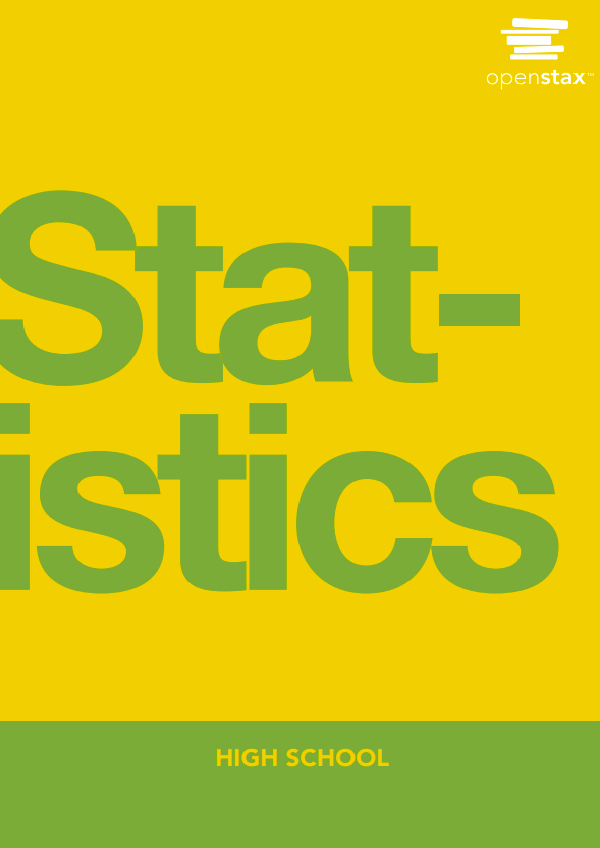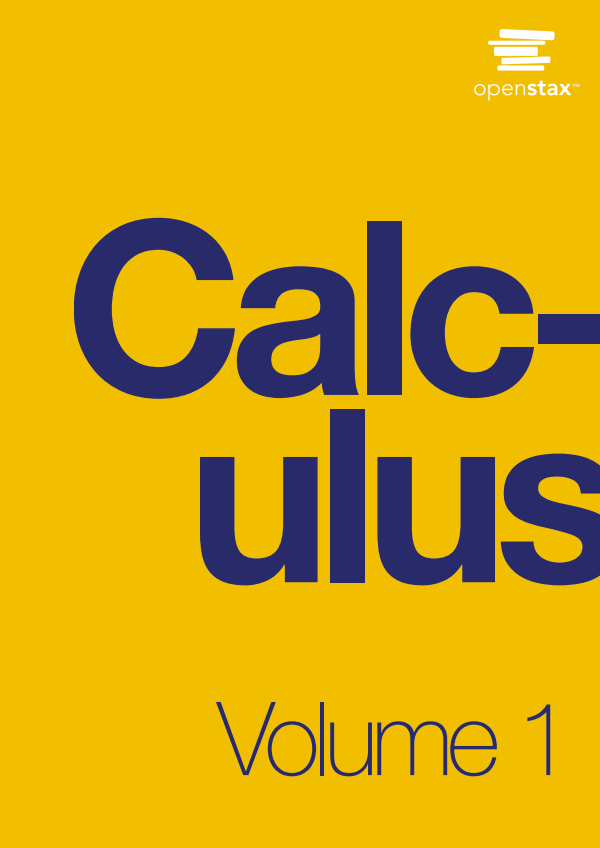This text is designed for college students who aspire to take calculus and who either need to take a course to prepare them for calculus or want to do some additional self-study. Many of the core topics of the course will be familiar to students who have completed high school. At the same time, we take a perspective on every topic that emphasizes how it is important in calculus. This text is written in the spirit of Active Calculus and is especially ideal for students who will eventually study calculus from that text. The reader will find that the text requires them to engage actively with the material, to view topics from multiple perspectives, and to develop deep conceptual understanding of ideas.
Changing in Tandem
If we have two quantities that are changing in tandem, how can we connect the quantities and understand how change in one affects the other?
When the amount of water in a tank is changing, what behaviors can we observe?
Mathematics is the art of making sense of patterns. One way that patterns arise is when two quantities are changing in tandem. In this setting, we may make sense of the situation by expressing the relationship between the changing quantities through words, through images, through data, or through a formula.
Using Graphs to Represent Relationships
In Preview Activity 1.1.1, we saw how several changing quantities were related in the setting of an aquarium filling with water: time, the depth of the water, and the total amount of water in the tank are all changing, and any pair of these quantities changes in related ways. One way that we can make sense of the situation is to record some data in a table. For instance, observing that the tank is filling at a rate of 0.50.5 cubic feet per minute, this tells us that after 11 minute there will be 0.50.5 cubic feet of water in the tank, and after 22 minutes there will be 11 cubic foot of water in the tank, and so on. If we let tt denote the time in minutes and VV the amount of water in the tank at time t,t, we can represent the relationship between these quantities through Table 1.1.3.
These different behaviors make sense because of the shape of the tank. Since at first there is less volume relative to depth near the cone’s point, as water flows in at a constant rate, the water’s height will rise quickly. But as time goes on and more water is added at the same rate, there is more space for the water to fill in order to make the water level rise, and thus the water’s height rises more and more slowly as time passes.











